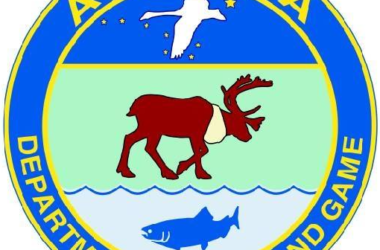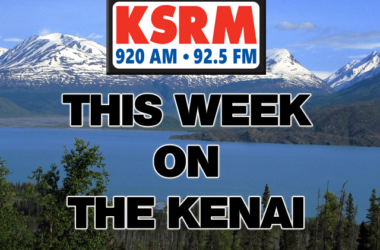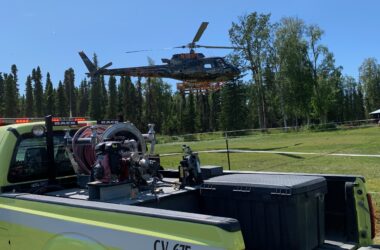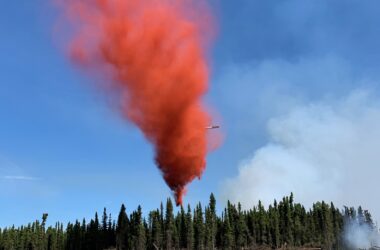Governor Mike Dunleavy and Dr. Anne Zink, Alaska’s Chief Medical Officer, believe that opening up sectors of the economy is the best route for Alaskans, and can be accomplished without a significant risk of another wave of positive COVID-19 cases.
When asked by KSRM News on Friday if she fears a second wave of positive cases hitting Alaska as sectors of the economy re-open, Dr. Zink said that it is fair to be concerned, but that she believes the state can make it happen: “We’re, again, trying to balance the weight of the health and well-being of all Alaskans, and want to make sure that people aren’t dying of a heart attack at home because they’re fearful to go into the hospital while we’re also thinking about ‘how do we prevent COVID?’ So, we are watching carefully and want to be watching that number very carefully as social restrictions are lifted. I also think that we can see other countries, like Germany who were really focused on health care workers and which sectors could be eased there, you could see other countries where they’ve allowed schools to stay open, but they’ve isolated other groups. Testing definitely is a big component of it, regardless of where you’re at in making sure that it’s happening.”
Many east-Asian nations have seen a second wave of confirmed COVID-19 cases, after an initial spike in cases earlier this year being followed by a second spike once they eased restrictions. One example is the city-state of Singapore, which had been lauded for their response to the COVID-19 pandemic, managing to retain low infection levels.
Dale Fisher, chair of infection control at the National University of Singapore’s hospital noted how successful Singapore’s initial containment efforts were, compared to many U.S. states: “The attitude can’t be one of mitigation. This is not a word – this is a ‘flu’ word. We are not using that word here. We’re talking about surge, and we’re talking about building capacity for if we do get excess cases here beyond the capacities. It’s about containing and containing means early ascertainment of your cases, broad testing, and isolation of cases.”
However, once Singapore eased social restrictions, the number of confirmed COVID-19 cases grew from 266 to almost 6,000, according to data from Johns Hopkins University. That is from March 17 until mid-April.
Governor Dunleavy has confidence that Alaska has already taken sufficient steps, making the present an appropriate time to start re-opening. He said Alaskans want to live freely and get back to normal: “Now that we understand this virus a little bit more and how it works – we don’t know if there’s going to be a second wave, we don’t know if there’s going to be a third wave, but what we do know is that if we can keep our numbers down, below the top capacity of our hospitals, that we can open things up and watch those numbers. I believe we can do this. We control our numbers better than any other state. We didn’t have a total lock down like some states where they’re giving tickets to people in cars, tickets to people in parks. We never did that here in Alaska. So, we have an Alaska-approach to this, an Alaska-way of doing this, and I seriously believe that as we open up parts of the economy and we watch the numbers, if we don’t get spikes that get close to overwhelming our health care system, we can continue to open up parts of the economy and parts of society.”






